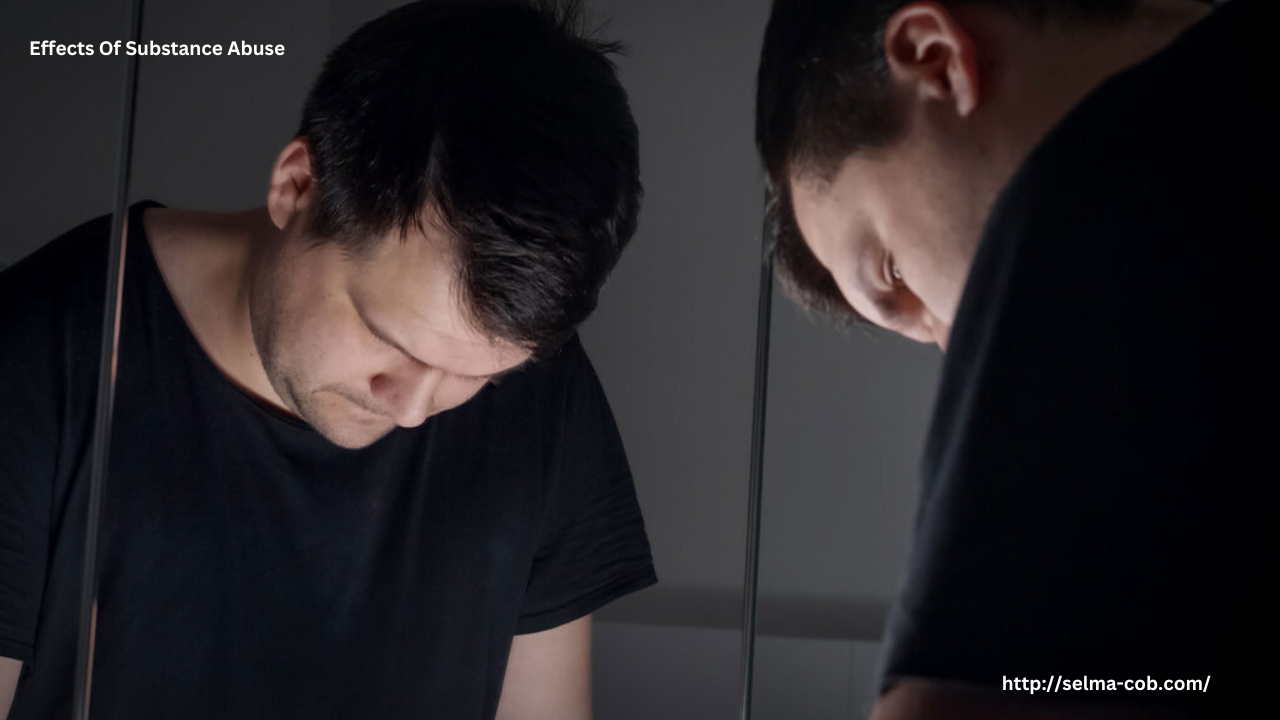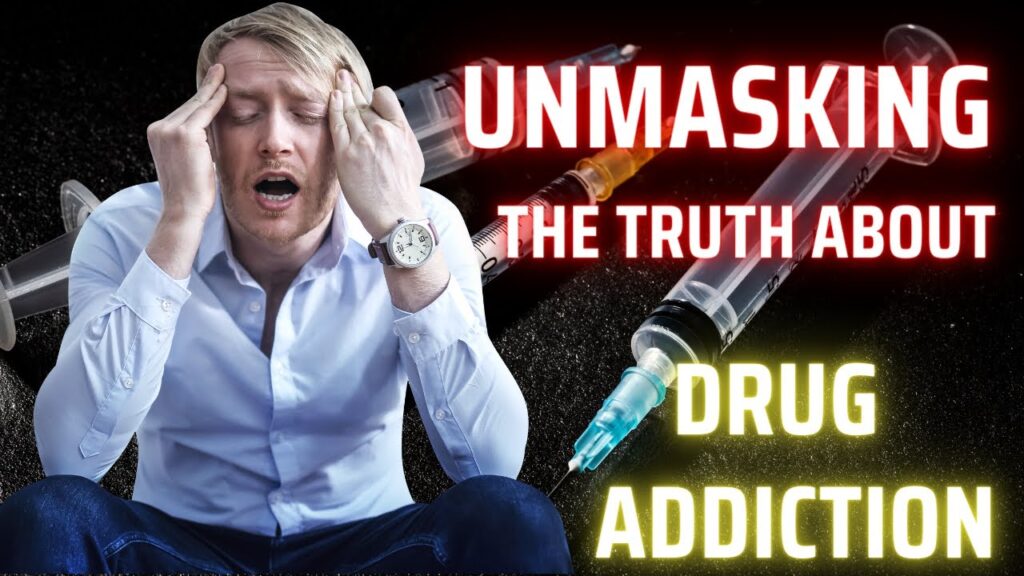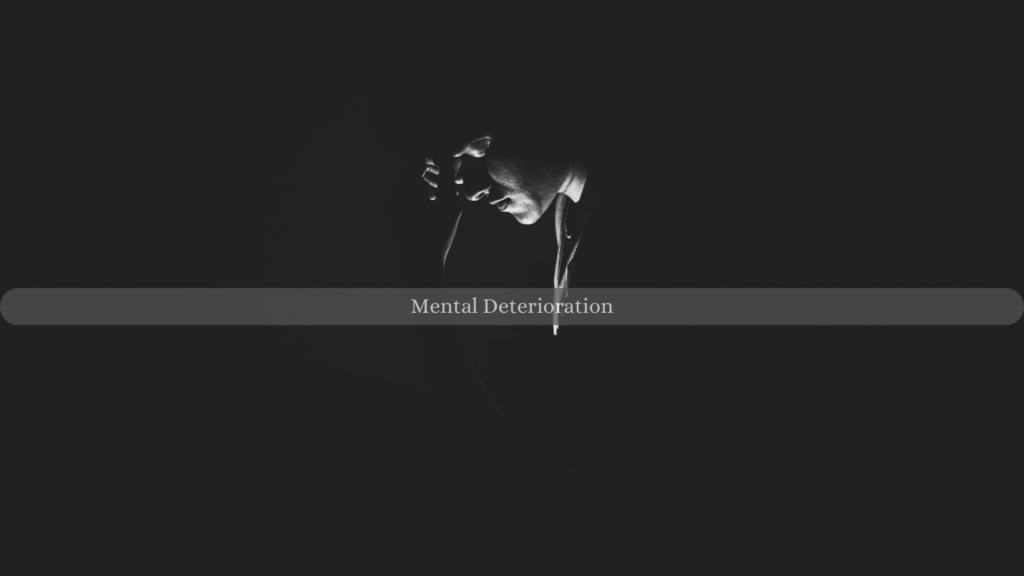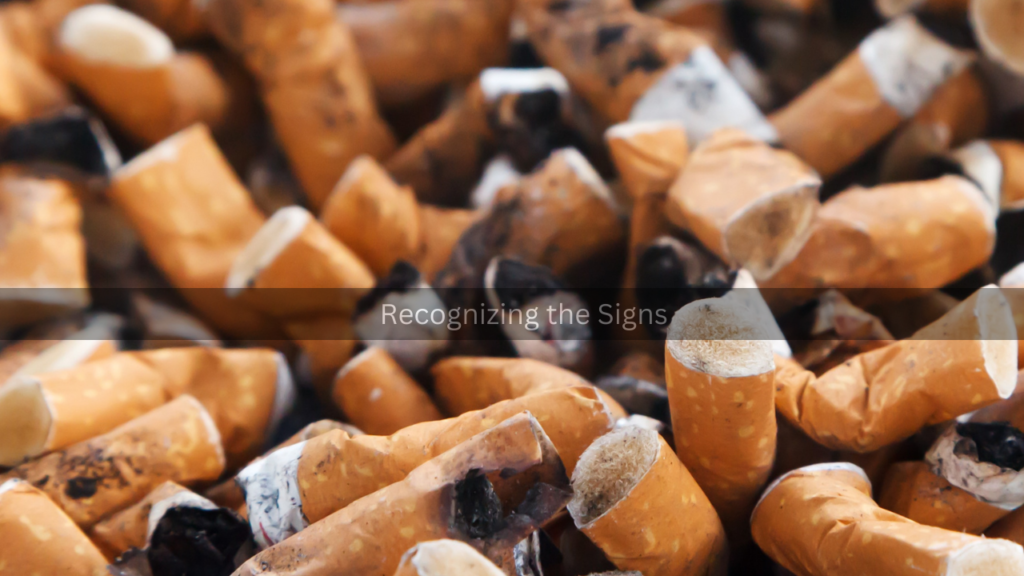Substance abuse takes a devastating toll on the body, and one of the most visible effects is premature aging. While the internal damage caused by drug and alcohol use is well-documented, the external changes can be just as alarming. From skin deterioration and dental decay to hair loss and weight fluctuations, substance abuse accelerates the aging process, making individuals look years—if not decades—older than they truly are.
Skin Deterioration and Wrinkles
One of the first and most noticeable effects of substance abuse is the impact on the skin. Many drugs, including alcohol, methamphetamine, and cocaine, dehydrate the body, leading to dry, flaky skin that lacks elasticity. Dehydration exacerbates wrinkles and fine lines, making users appear significantly older than their actual age.
Methamphetamine, in particular, is notorious for causing “meth face,” a condition marked by severe acne, sores, and sagging skin. This occurs because meth constricts blood vessels, reducing the oxygen supply to the skin and slowing down the healing process. Users often engage in compulsive skin picking due to hallucinations, leading to open wounds, infections, and permanent scarring.
Dental Decay and Tooth Loss
Oral health is another area severely impacted by substance abuse. Many drugs, especially methamphetamine, heroin, and cocaine, cause severe tooth decay, a condition commonly referred to as “meth mouth.” This results from a combination of dry mouth, poor oral hygiene, and increased cravings for sugary foods. The acidity of certain drugs also erodes enamel, leading to cavities, gum disease, and eventual tooth loss.
Alcohol abuse, while not as immediately destructive to teeth, increases the risk of periodontal disease. Chronic alcohol consumption weakens the immune system, making it harder for the body to fight off infections, including those in the gums and teeth. Over time, this can lead to tooth loss and significant damage to overall oral health.
Hair Loss and Brittle Nails
Substance abuse also impacts hair and nails, making them brittle, weak, and prone to breakage. Nutritional deficiencies caused by addiction lead to a lack of essential vitamins and minerals necessary for hair growth. Stimulants such as methamphetamine and cocaine put immense stress on the body, triggering excessive hair shedding and bald patches.
Alcohol and drug abuse can also interfere with the body’s ability to absorb nutrients, leading to weak, discolored, or ridged nails. These signs of malnutrition are often overlooked but can serve as clear indicators of prolonged substance use.
Weight Fluctuations and Muscle Wasting
Dramatic weight changes are another telltale sign of substance abuse. Stimulants like cocaine and methamphetamine suppress appetite, leading to rapid weight loss and muscle wasting. This gaunt, frail appearance is common among long-term users, as their bodies lack the necessary nutrients to maintain healthy muscle and fat levels.
Conversely, alcohol and certain opioids can lead to excessive weight gain due to slowed metabolism and increased cravings for unhealthy foods. Chronic alcohol consumption, in particular, is linked to “alcohol belly,” a condition where fat accumulates in the midsection, further contributing to an aged and unhealthy appearance.
Conclusion
The mirror doesn’t lie—substance abuse accelerates the aging process, often leaving individuals looking far older than they truly are. From severe skin damage and dental decay to hair loss and extreme weight fluctuations, the external effects of addiction are as devastating as the internal harm. Recognizing these changes can serve as a powerful motivator for individuals struggling with substance abuse to seek help. Recovery not only restores health but also offers the opportunity to regain a more youthful and vibrant appearance.









